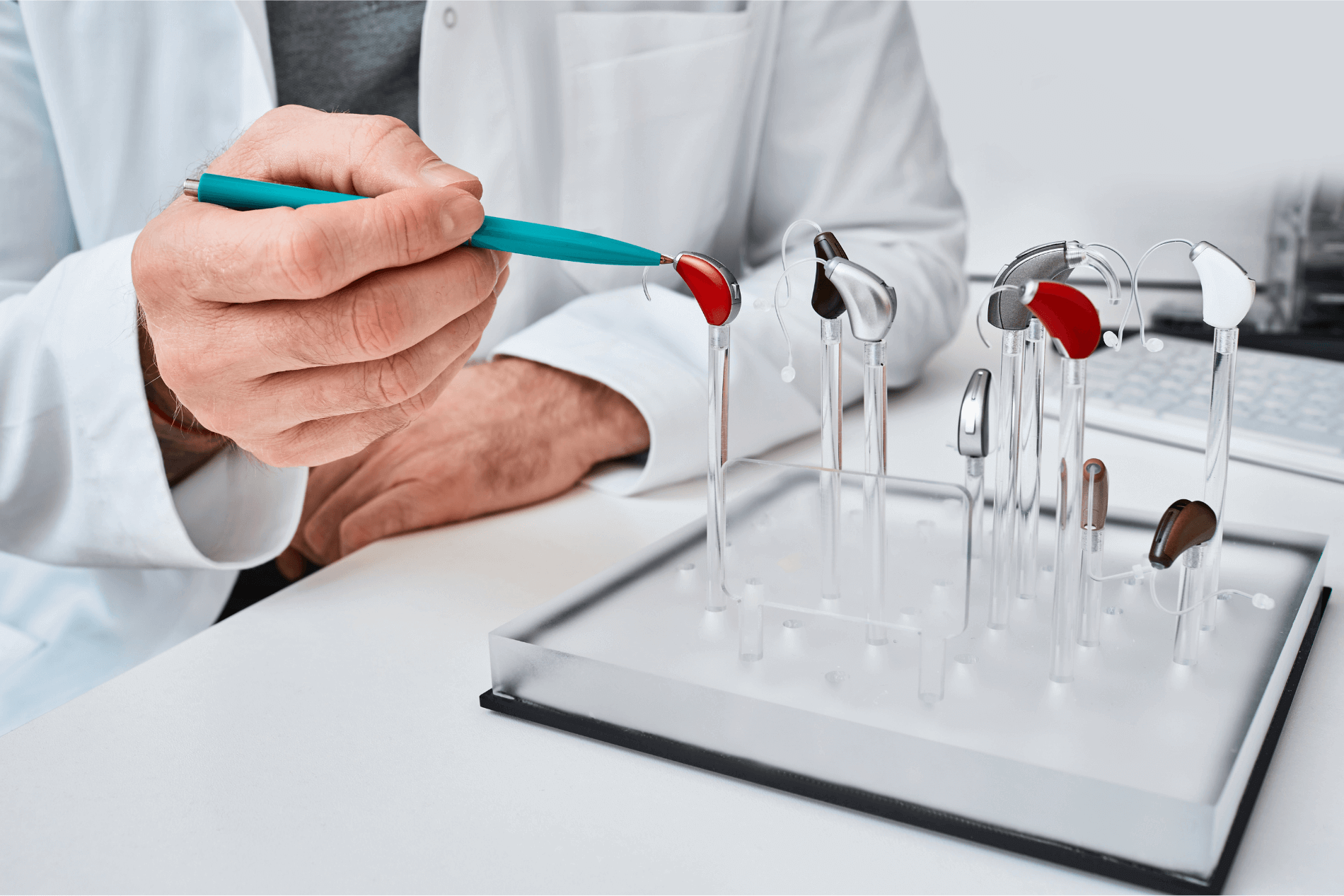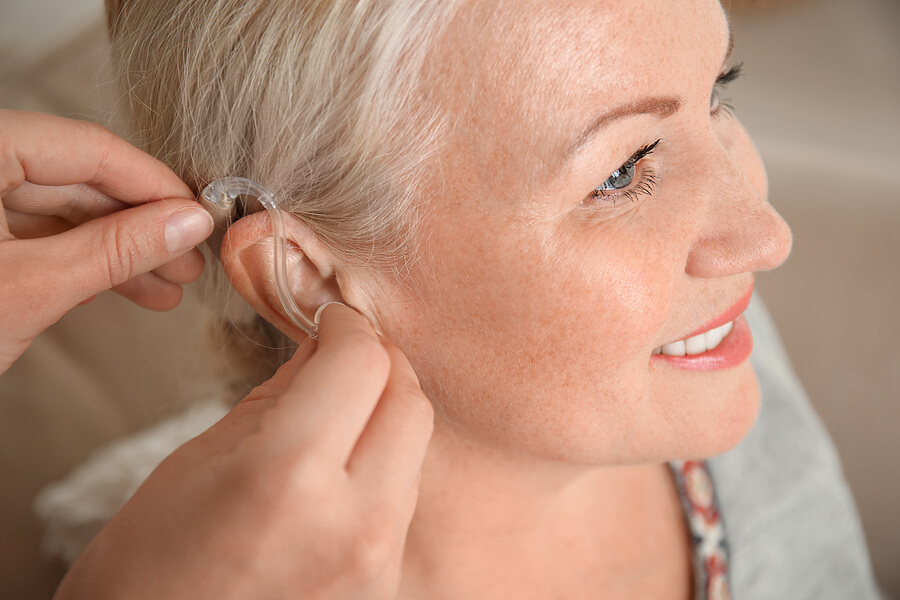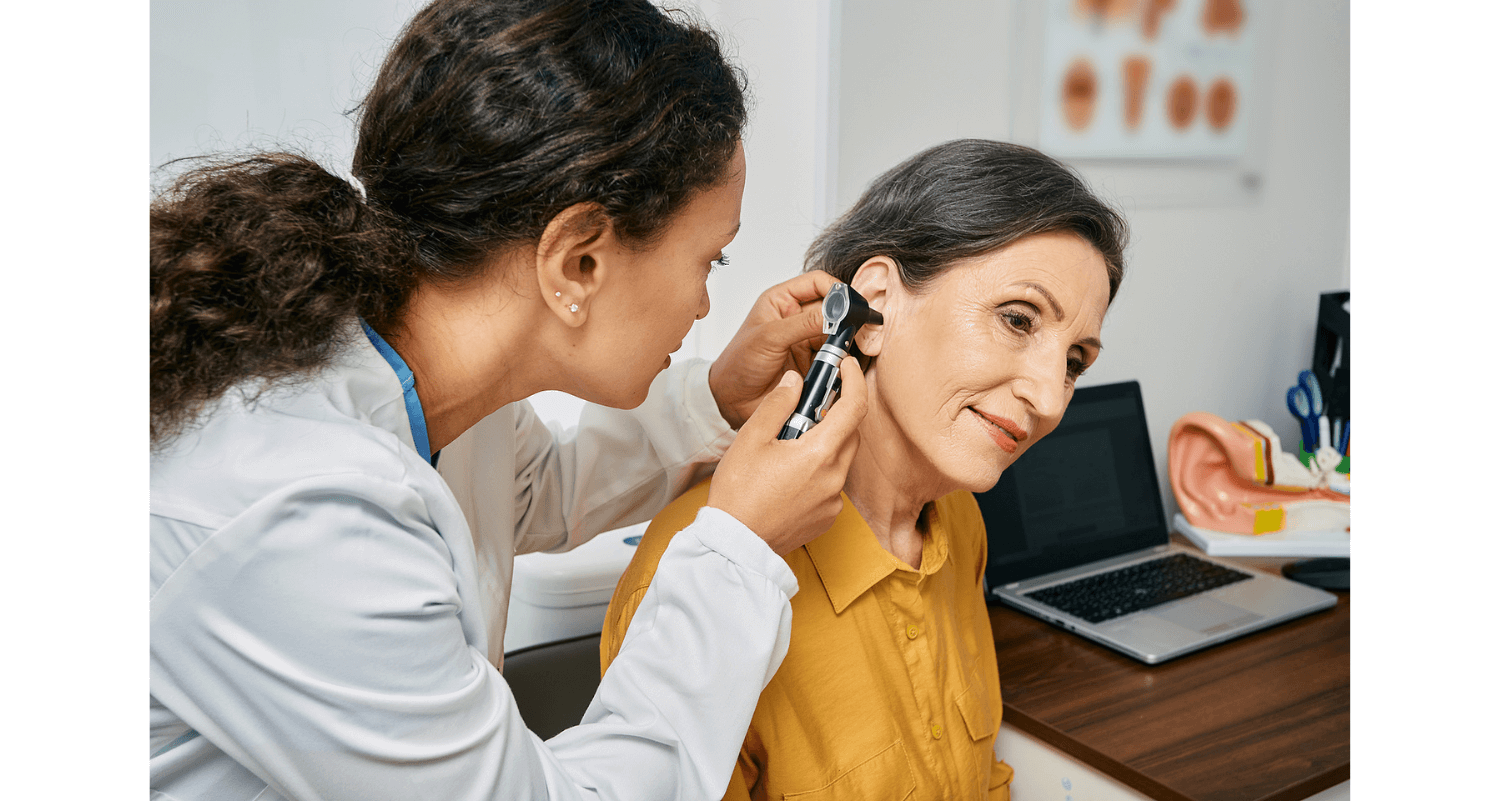Having a Good Time at Weddings With Hearing Loss
Weddings are joyous occasions filled with love, laughter, and celebration. However, for individuals with hearing loss, attending weddings can present unique challenges that may require some extra planning and preparation. From navigating noisy environments to participating in conversations and enjoying the festivities, here are some tips for making the most of weddings with hearing loss. 1. Inform the Host If…















